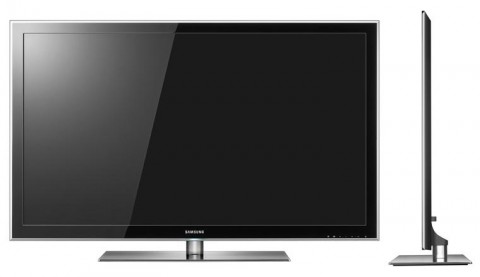February 3, 2011 by Martin LaMonica
Click here to view the full article
http://news.cnet.com/8301-11128_3-20030596-54.html

The newer your flat-screen TV is, the more energy-efficient it is, according to a study released today by industry group the Consumer Electronics Association.
The CEA commissioned an analysis, done by technical services company Tiax, which found a significant decrease in power consumption by flat-screen TVs from mid-decade to 2010.
The average “active mode” power use of LCD flat-screen TVs in the 35-inch to 54-inch category was about 250 watts during the years 2005 to 2007, but is now closer to 100 watts, according to the study. From 2003 to 2010, the LCD power density–or wattage per square inch–fell 63 percent in active mode and dropped 87 percent in standby mode.
Plasma TVs have traditionally drawn more power than LCDs, the study said, but there was improvement in efficiency over the past few years. From 2008 to 2010, the active mode power density for plasma TVs fell 41 percent and the standby mode fell by 85 percent.
According to CNET’s TV Energy Efficiency Guide, the average power consumption for plasma TVs is 301 watts. For a traditional LCD, it’s 111 watts and 101 watts for LED-lit LCDs.
The three biggest factors determining power consumption are the size of the screen, the type of TV, and the picture settings, according to CNET’s guide. The settings for stores are designed to be very bright but consumers can save a significant amount of energy by adjusting those retail settings.
Older cathode-ray tube TVs can be less efficient per square inch, but many consumers buy larger TVs when they buy flat-screen TVs.
EnergyStar and industry competition helped propel the efficiency trend, according to the study. On a technical level, the study said that increased use of LEDs, rather than fluorescent lighting, and improvements in power electronics helped cut standby power.
Click here to view the full article
http://news.cnet.com/8301-11128_3-20030596-54.html
